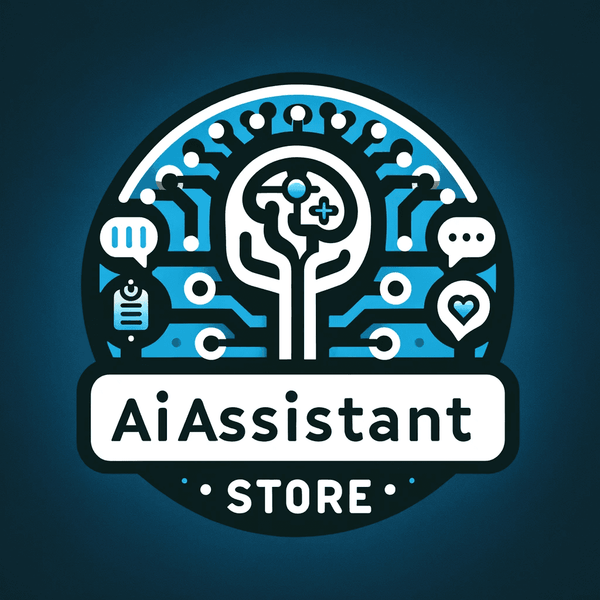AI feels almost like a magic trick sometimes. You type in a random question, and bam - a slick, polished answer appears in seconds. But here’s the curveball: behind every “genius” machine, there are actual people nudging, correcting, and shaping it along the way. Those folks are called AI trainers, and the work they do is stranger, funnier, and honestly more human than most people assume.
Let’s walk through why these trainers matter, what their day-to-day actually looks like, and why this role is blowing up faster than anyone predicted.
Articles you may like to read after this one:
🔗 What is AI arbitrage: The truth behind the buzzword
Explains AI arbitrage, its risks, benefits, and common misconceptions.
🔗 Data storage requirements for AI: What you really need to know
Covers storage needs, scalability, and efficiency for AI systems.
🔗 Who is the father of AI?
Explores pioneers of AI and the origins of artificial intelligence.
What Makes a Solid AI Trainer? 🏆
It’s not a button-mashing job. The best trainers lean on a pretty weird mix of talents:
-
Patience (lots of it) - Models don’t learn in one shot. Trainers keep hammering the same corrections until it sticks.
-
Spotting nuance - Catching sarcasm, cultural context, or bias is what gives human feedback its edge [1].
-
Straightforward communication - Half the job is writing clear instructions the AI can’t misread.
-
Curiosity + ethics - A good trainer questions whether an answer is “factually correct” but socially tone-deaf - a major theme in AI oversight [2].
Put simply: a trainer is part teacher, part editor, and a dash of ethicist.
AI Trainer Roles at a Glance (With Some Quirks 😉)
| Role Type | Who Fits Best | Typical Pay | Why It Works (or doesn’t) |
|---|---|---|---|
| Data Labeler | People who love fine detail | Low–Medium $$ | Absolutely crucial; if labels are sloppy, the whole model suffers [3] 📊 |
| RLHF Specialist | Writers, editors, analysts | Medium–High $$ | Ranks and rewrites responses to align tone and clarity with human expectations [1] |
| Domain Trainer | Lawyers, doctors, experts | All over the map 💼 | Handles niche jargon and edge cases for industry-specific systems |
| Safety Reviewer | Ethics-minded folks | Medium $$ | Applies guidelines so AI avoids harmful content [2][5] |
| Creative Trainer | Artists, storytellers | Unpredictable 💡 | Helps AI echo imagination while staying within safe limits [5] |
(Yes, the formatting is a little messy - kinda like the job itself.)
A Day in the Life of an AI Trainer
So what does the actual work look like? Think less glamorous coding and more:
-
Ranking AI-written answers from worst to best (classic RLHF step) [1].
-
Fixing mix-ups (like when the model forgets Venus isn’t Mars).
-
Rewriting chatbot replies so they sound more natural.
-
Labeling mountains of text, images, or audio - where accuracy really matters [3].
-
Debating whether “technically correct” is good enough or if safety guidelines should override [2].
It’s part grind, part puzzle. Honestly, imagine teaching a parrot not just to talk but to stop using words slightly wrong - that’s the vibe. 🦜
Why Trainers Matter Way More Than You Think
Without humans steering, AI would:
-
Sound stiff and robotic.
-
Spread bias unchecked (scary thought).
-
Totally miss humor or empathy.
-
Be less safe in sensitive contexts.
Trainers are the ones sneaking in the “messy human stuff” - slang, warmth, the occasional clunky metaphor - while also applying guardrails to keep things safe [2][5].
Skills That Actually Count
Forget the myth that you need a PhD. What helps most is:
-
Writing + editing chops - Polished but natural-sounding text [1].
-
Analytical thinking - Spotting repeated model mistakes and tweaking.
-
Cultural awareness - Knowing when phrasing might land wrong [2].
-
Patience - Because the AI doesn’t catch on instantly.
Bonus points for multilingual skills or niche expertise.
Where Trainers Are Showing Up 🌍
This job isn’t just about chatbots - it’s sneaking into every sector:
-
Healthcare - Writing annotation rules for borderline cases (echoed in health AI guidance) [2].
-
Finance - Training fraud-detection systems without drowning people in false alarms [2].
-
Retail - Teaching assistants to get slangy shopper lingo while sticking to brand tone [5].
-
Education - Shaping tutoring bots to be encouraging instead of patronizing [5].
Basically: if AI has a seat at the table, there’s a trainer hiding in the background.
The Ethics Bit (Can’t Skip This)
Here’s where it gets weighty. Left unchecked, AI repeats stereotypes, misinformation, or worse. Trainers stop that by using methods like RLHF or constitutional rules that steer models toward helpful, harmless answers [1][5].
Example: if a bot pushes biased job recommendations, a trainer flags it, rewrites the rulebook, and makes sure it doesn’t happen again. That’s oversight in action [2].
The Not-So-Fun Side
It’s not all shiny. Trainers deal with:
-
Monotony - Endless labeling gets old.
-
Emotional fatigue - Reviewing harmful or disturbing content can take a toll; support systems are crucial [4].
-
Lack of recognition - Users rarely realize trainers exist.
-
Constant change - Tools evolve nonstop, meaning trainers have to keep up.
Still, for many, the thrill of shaping the “brains” of tech keeps them hooked.
The Hidden MVPs of AI
So, who are AI trainers? They’re the bridge between raw algorithms and systems that actually work for people. Without them, AI would be like a library with no librarians - tons of information, but almost impossible to use.
Next time a chatbot makes you laugh or feels surprisingly “in tune,” thank a trainer. They’re the quiet figures making machines not just compute, but connect [1][2][5].
References
[1] Ouyang, L. et al. (2022). Training language models to follow instructions with human feedback (InstructGPT). NeurIPS. Link
[2] NIST (2023). Artificial Intelligence Risk Management Framework (AI RMF 1.0). Link
[3] Northcutt, C. et al. (2021). Pervasive Label Errors in Test Sets Destabilize Machine Learning Benchmarks. NeurIPS Datasets & Benchmarks. Link
[4] WHO/ILO (2022). Guidelines on mental health at work. Link
[5] Bai, Y. et al. (2022). Constitutional AI: Harmlessness from AI Feedback. arXiv. Link

